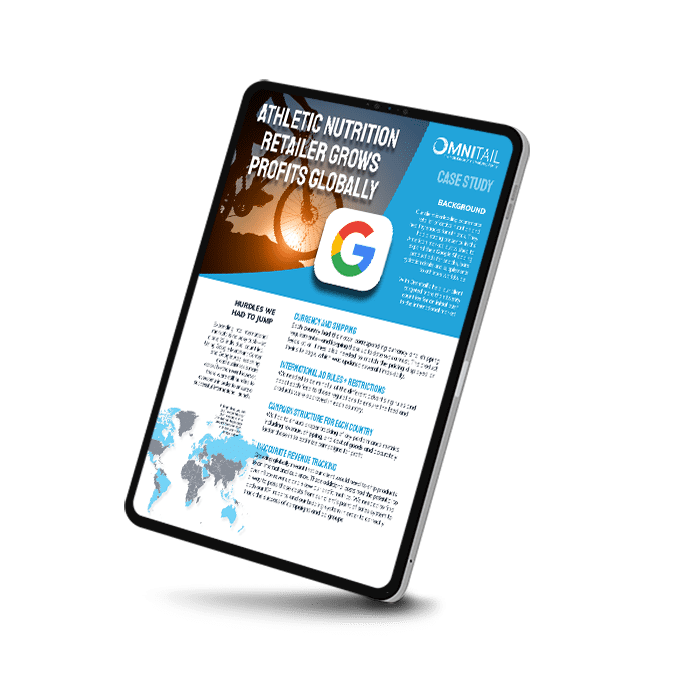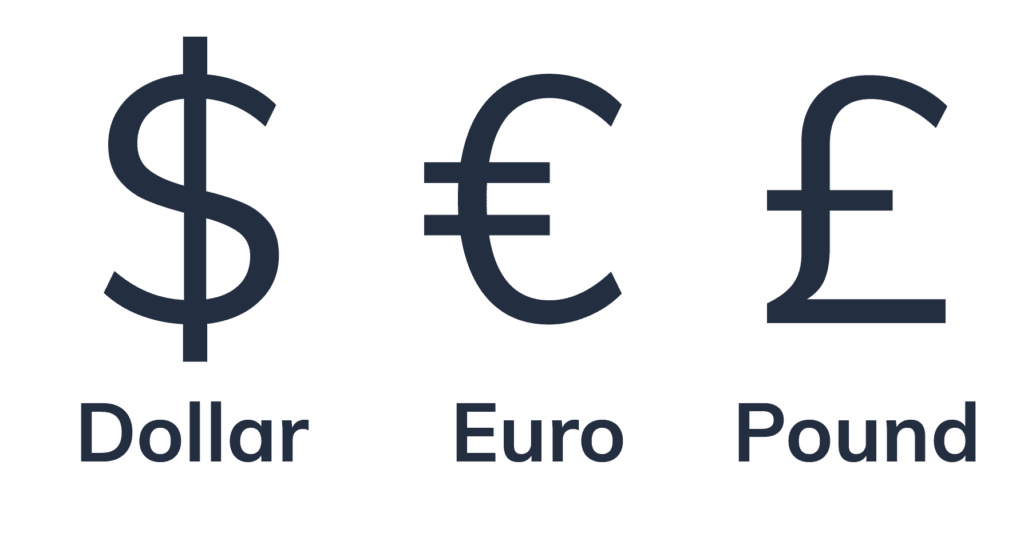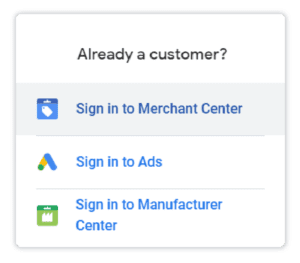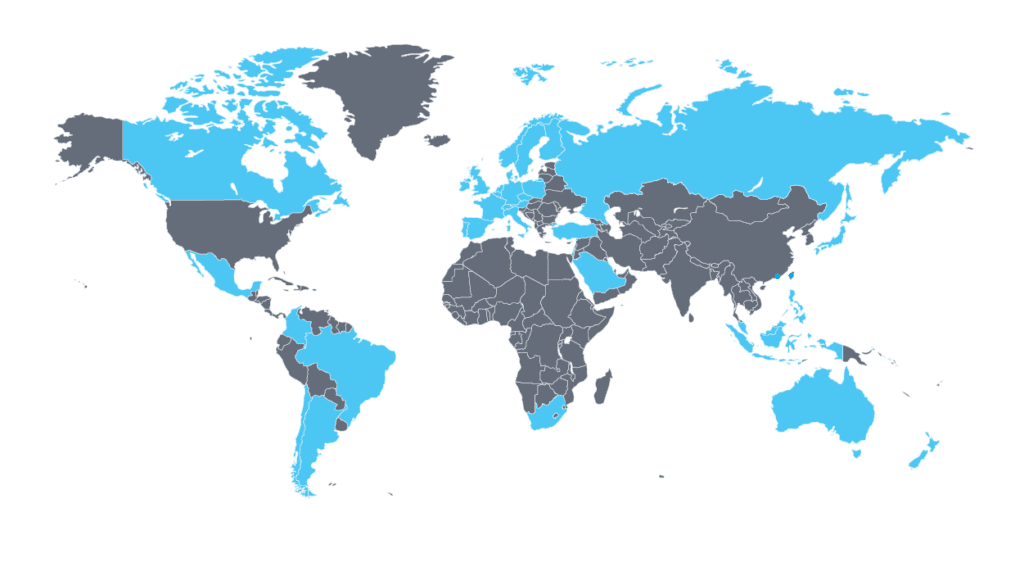
BACKGROUND
Our client is a leading ecommerce retailer of active nutrition and healthy snacks for athletes. They had a strong presence in the American market but wished to expand their Google Shopping product ads for snacks, bars, hydration drinks, and supplements to athletes worldwide. With Omnitail’s help, our client targeted more than twenty countries for an initial push to the international market.

5x
Increase in Revenue
Year/Year
22
Additional
International Markets
4.8x
Increase in Profit
Year/Year
HURDLES WE HAD
TO JUMP
Expanding into international markets is no easy task—let alone 22 individual countries. Using Google Merchant Center and Google Ads, reaching global audiences is more accessible than ever. However, there were still hurdles to overcome in order to ensure a successful international launch.
1. Currency and Shipping
Each country had its own corresponding currency and shipping requirements—and keeping these up to date was a must. The product feeds at all times also needed to match the pricing displayed on their site page, which was updated several times daily.
2. International Rules + Restrictions
We needed to be mindful of the different advertising rules and adapt each feed to those regulations to ensure the feed and products were approved in each country.
3. Campaign Structure for Each Country
We had to ensure proper tracking of key performance metrics, including revenue, shipping, and cost of goods and accurately factor those in to optimize campaigns for profit.
4. Inaccurate Revenue Tracking
Each country had their own corresponding currency and shipping requirements—and keeping these up to date was a must. The product feeds at all times also needed to match the pricing displayed on their site page, which was updated several times daily.
Applying Our Strategies
We scaled our Google Shopping strategy to bring our proven methods of success to each of the countries.
Building the Foundation
We began by building a product feed for each of the countries. To ensure the pricing in the Shopping ads matched the pricing on each product page, we scheduled a pricing import four times per day from the third-party tool the client was using to display pricing according to each location. This tool recalculates the exchange rates regularly relative to the US dollar, so the pricing on the page and in the ads is always as accurate as possible.


Customizing Product Feeds
We needed to remove any products that were not eligible for sale in certain countries, so the feeds themselves would not be disapproved in Google Merchant Center. The client also had some products they did not wish to advertise overseas, and we made sure those were pulled from the final feed as well.
International PLA Strategy
Once we had the product feeds running in Google Merchant Center, we turned our attention to the Google Shopping campaign structure. We knew it would be necessary to segment the campaigns by both product and query intent. However, we were also aware that overly narrow segmentation would create problems in the bidding and management processes, especially in the early stages. Ultimately, on the product level, we decided to segment by category.
With our product segmentation in place, we needed to layer in our query segmentation strategy. First, we segmented the historical search terms for the account into three categories: generic, qualified, and item-specific. Generic terms are considered the least likely to convert, while item-specific queries have proven to lead to sales in the past.
We built a campaign for each combination of query intent and product category. We then used negative keyword lists and Google Ads’ priority settings to ensure that traffic was driven to the campaign that most closely matched the searchers’ purchase intent. With this strategy, we were able to lower bids on traffic that was unlikely to convert while driving additional ad spend toward searchers who were ready to purchase.


Tracking Performance
After launch, we needed to accurately track key performance metrics. To do so, we factored out real-time shipping costs and cost of goods before calculating profit. Shipping costs were then passed through Google Analytics on the transaction level to our reporting and bidding systems, where they were aggregated and factored into our optimization process.
Cost of goods also needed to be factored in to gain an accurate view of these campaigns’ success, particularly as the client had several high-cost items that were especially popular overseas. We integrated these costs into the product type, where that knowledge could be utilized to ensure the appropriate amount of ad spend was directed to each group in order to preserve profitability.
CROSSING THE FINISH LINE
Our client was only selling their products in the US market, but wanted to expand internationally. After Omnitail helped them make the leap, our client expanded their products into 22 new international markets. Not only that but we were able to help them determine which of these markets provided maximum profitability and make adjustments accordingly.
The overall result: 5X increase in revenue and a 4.8X increase in profit year over year in the first 90 days after launch from domestic and international sales.






